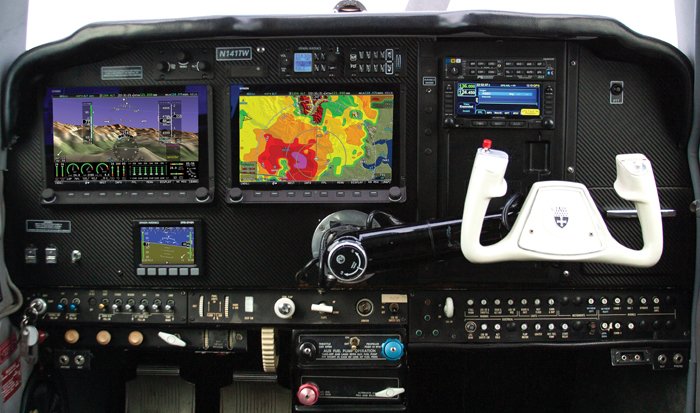Not quite. FWIW, and a bit off topic, but the use of FAR is still acceptable except when referencing in official documents like ADs, 8110-30s, etc. The FARs (Federal Aviation Regulations) are considered part of Title 14 CFR. Just as the FARs (Federal Acquisition Regulations) are considered part of Title 48 CFR. As the Title 48 FAR version crossed multiple federal departments, to include the DoT, the use on FAR 1 or FAR 43 was stopped in official correspondence within the FAA and substituted with Part 1 or Part 43 of Title 14.
At the time of this big update in the CFRs a number of years ago, it was easier for companies to just stop using the FAR reference. But if you ever call your local ASI/PMI and ask a question on FAR 91.207 or FAR 43.13; or if you visit the FAA website and you're unsure of what regulation you need, you can still search the "Federal Aviation Regulations (FAR)" right there on the home page.
I believe the EAA uses a Managing DER and DAR on staff to organize their approvals. But I could be wrong. A ODA requires a high level of approval and unless you have the work load most companies don't expend the cost for an ODA. It's about as close to a private company having the powers of the FAA there is. Most small companies use varying combinations of DAR-Ts, DAR-Ms, and DERs, both engineering and managing. There were (are) a variant of the DARs called ODARs, but I believe the push now is to have those companies with ODARs covert to an ODA. It's interesting to see how the system works as I still work with several DAR/DERs on projects.



